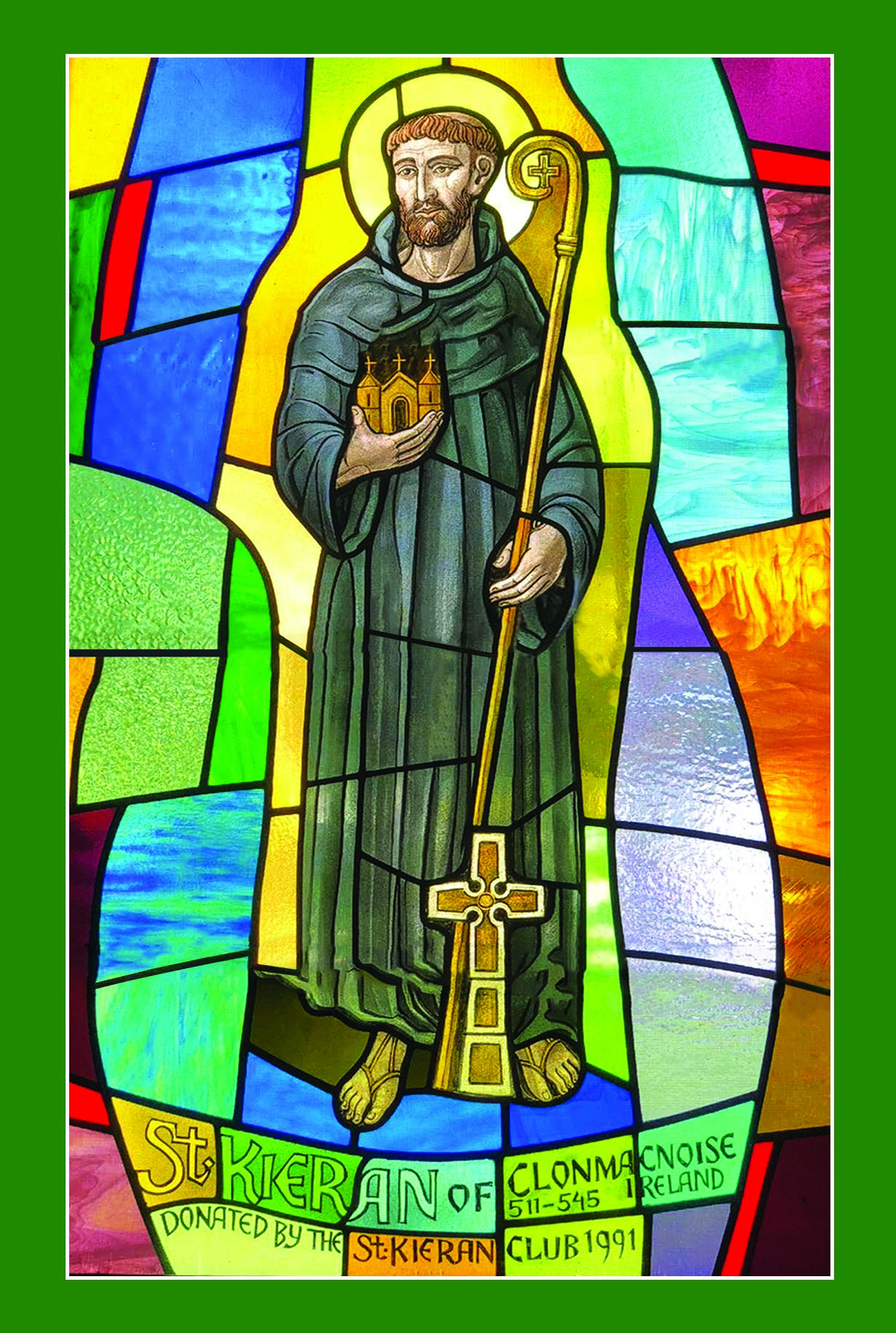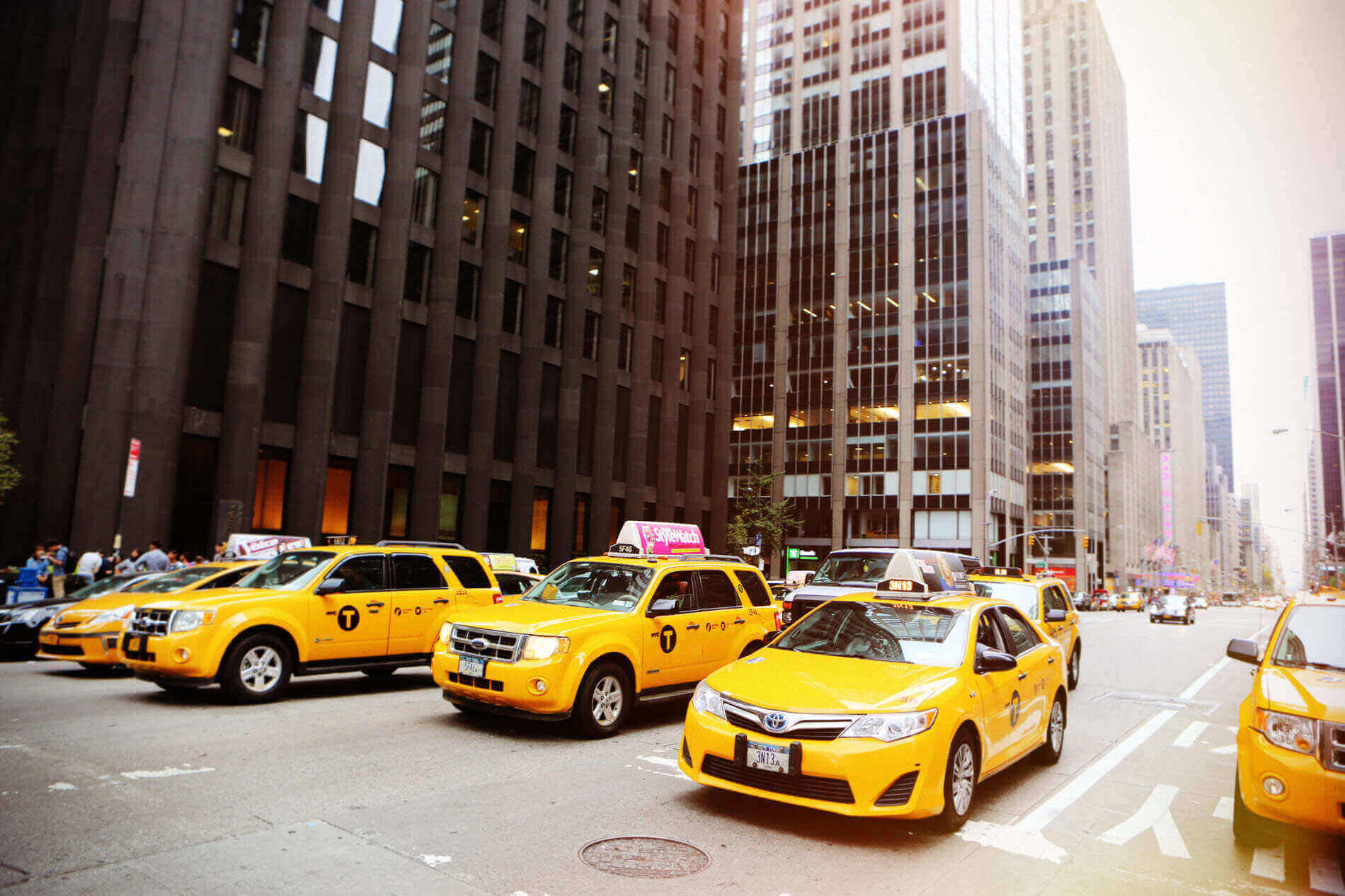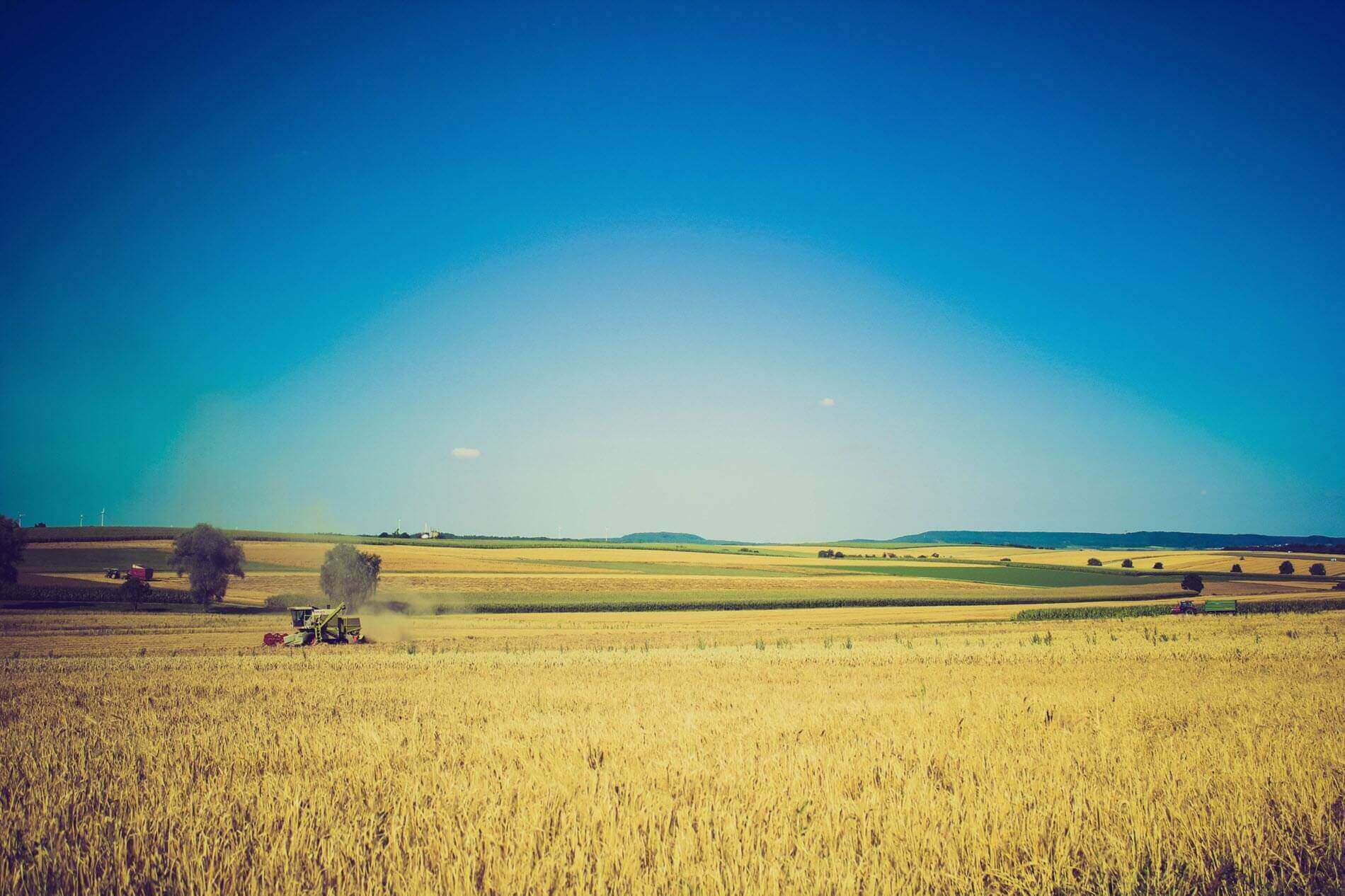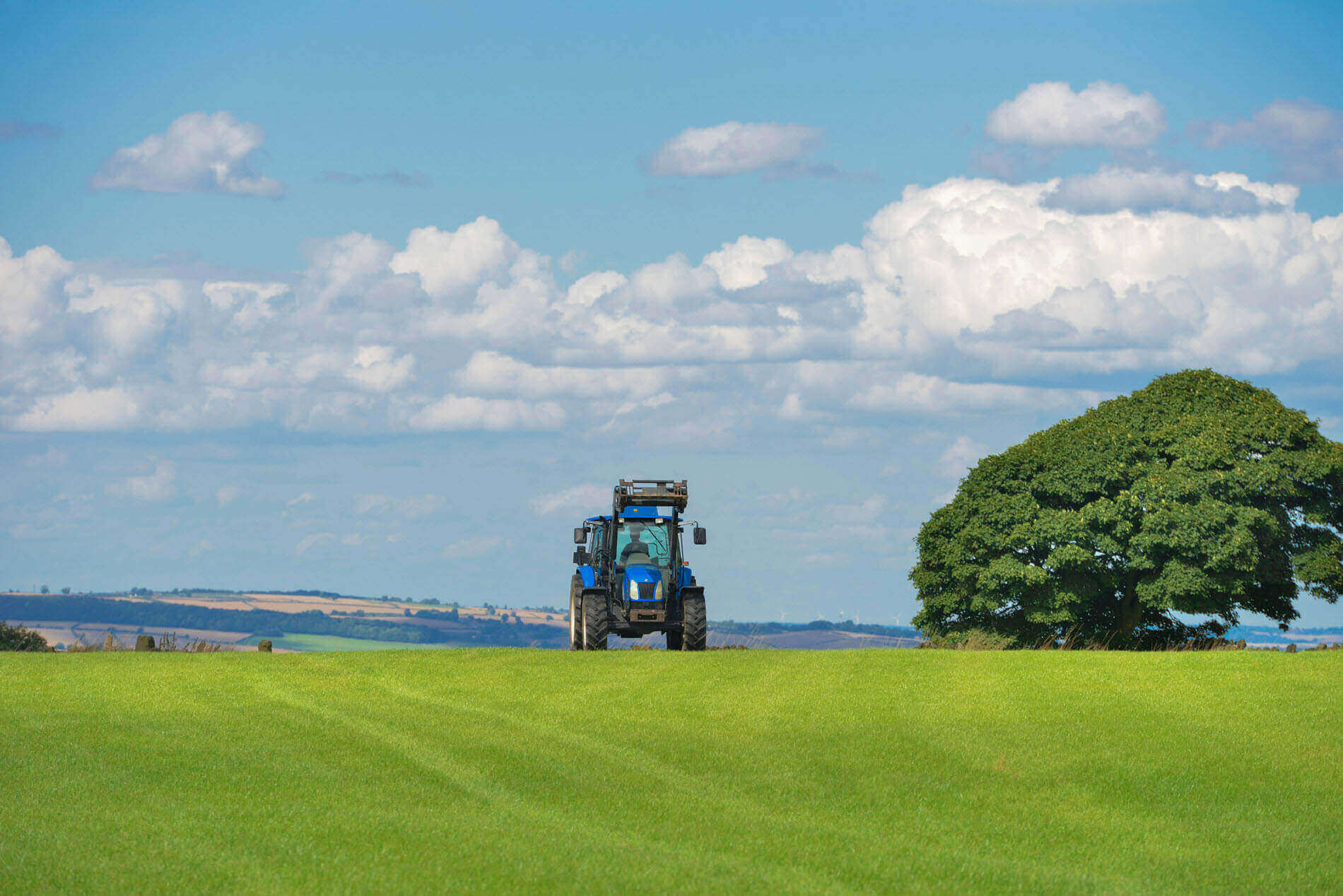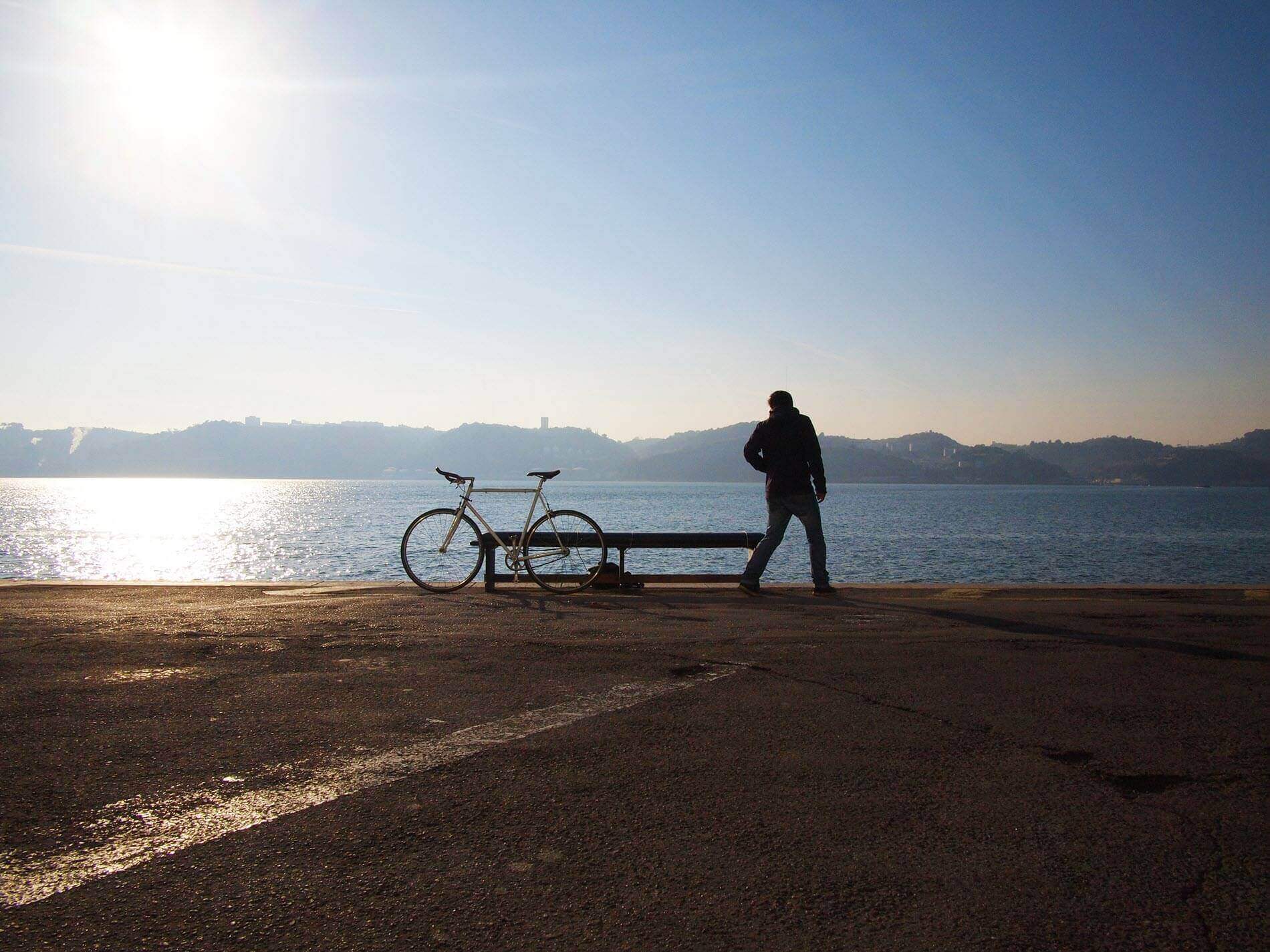Who is St. Kieran?
The Church celebrates St. Kieran’s Memorial on September 9th.
Fr. Garrigou Lagrange, one of the principal theologians of the past century, said: “In the primitive Church, the Acts of the Apostles tells us that “The multitude of believers had but one heart and one soul; neither did anyone say that the things which he possessed were his own; but all things were common unto them”. As it spread over the world, the Church could not preserve such great intimacy among its members, but religious communities and Christian fraternities should remember the union of hearts in the early Church. In communities where there is common observance of life and prayers, this interior union must exist, otherwise observances and common prayer would be a lie to God, to men, and to ourselves”.
This thought is the basis of monastic life, the impressive movement of men and women attracted by the love of God, which began in the fourth century after the conversion of Roman Emperor Constantine.
Among the consequences of the Edict of Milan of year 311 AD that granted Christians the freedom of expressing their faith there has been the dissolution of the small apostolic communities. Before that, Christians were few in number, all knew each other, and they were truly of “one heart and soul,” and the recognition of Christianity by the State allowed an almost uncontrollable growth of the Church. From the “Domus Ecclesiae,” the homes where Christian communities first gathered, the Church now moves to huge Basilicas that are still standing today, from small communities of few families, often persecuted, to huge congregations of thousands. Entire nations convert to Christianity, entire peoples accept to be baptized. This gave the Church a great opportunity to evangelize and imbue society with Christian values.
However, the Church also started to make an alliance with the political powers that be, political and religious roles often converged and mixed, with the result that the hierarchy of the Church began to have privileges and civil powers.
The fundamental concept of the early Christian community was lost in the process, and the sign of love and unity, that made pagans say of the Christians, “Look how they love one another and how they are ready to die for each other” (Tertullian) eventually disappeared.
To counter the danger of losing the core of Christian life, the Holy Spirit raised up within the Church the charism of monastic life. Since the beginning of the fourth century, thongs of men and women abandoned the comforts of their homes to go and live in Christian communities, taking on vows of poverty, chastity, and obedience, beginning in the desert of Egypt and Syria, and later all over Europe.
The evangelization of Ireland in the later part of the 5th century, and immediately religious communities start to appear. Ciaran of Clonmacnoise, better known as St. Kieran, our patron saint, was one of the 12 apostles of Ireland.
He was born in 516 AD in County Roscommon, Connacht, Ireland. From his birthplace in Connacht, Kieran traveled at age 15 to study under St. Finnian at Clonard. He became the most learned monk there, then spent seven years with St. Enda in the Aran Islands, where he was ordained. He moved on to Isel, but soon left because other monks complained of his generosity to the poor.
About 545, with eight companions, he founded the monastery at Clonmacnoise, on the River Shannon, which became a famous religious center for its manuscripts and metal liturgical objects. Kieran died at Clonmacnoise and is counted among the Twelve Apostles of Ireland.
Even if Ciaran’s biography is full of obscurities, we can with certainty say that the growth of his Christian faith attracted many disciples and faithful around him and around the famous Irish monastery of Clonmacnoise.
Hagiography (writing of the lives of the saints) presents Ciaran as a man who adopted poverty as his personal way of life and tells us of many miracles that he performed. One such miracle relates how Ciaran, being so poor that he could not afford to pay for his stay at the monastery, was followed by a cow all the way to the monastery, and the cow provided milk to all the monastery guests when the saint was not able to provide for his education. These miracles, in spite of their apparent simplicity, demonstrate an intimacy that the holy man had with God, and that God had chosen him to be a channel of his grace.
However, what does a Saint like Kieran have to do with us and with the society of our times?
It seems to us that we are too busy with our lives to be able to devout ourselves to monastic prayer, and we are too involved in our daily routines to experience evangelical poverty. However, as the Catechism of the Catholic Church tells us, Christ proposes the evangelical counsels to every disciple in a great variety of ways.
The example of St. Kieran, the experience of the early Christian communities and later on of monastic life, where no one possessed anything, but all held everything in common, their perfect obedience, chastity, and total detachment from money can and should have an impact on our lives and in our families.
All of us, in the concrete dimensions of our lives, are called to experience these evangelical counsels in their fullest meaning. Poverty, obedience, chastity, prayer are all a call to freedom and are fruits of the Holy Spirit. God does not give us laws that we are unable to fulfill. He does not want us to be either poor or sad, or second-class citizens. He only wants us to be free of the poisonous bonds of sin, the one fierce enemy that every Christian should fear. Man, really free of sin, is no longer a slave to pleasure, power of money.
The Church today, as in the time of Ciaran of Clonmacnoise, has the mission of bringing the light of Christ to the entire world. The Christian community is called to become in every generation a community of people “that has but one heart and one soul”, so that the world “may see your good works, and glorify your Father who is in heaven.”
May the Lord help us to deepen our faith and in the name of St. Kieran to live our faith joyfully as witnesses of the resurrection of Jesus Christ.
St. Kieran, pray for us.
St. Kieran’s feast day falls on September 9. Due to the season’s inclement weather here in South Florida, we gather every year as Parish Family of St. Kieran’s on a Sunday in mid-October to celebrate together in honor of our beloved patron saint. Immediately following Solemn Mass at 11:00 a.m., we hold our Parish Festival with lots of food and fun for the entire family.
